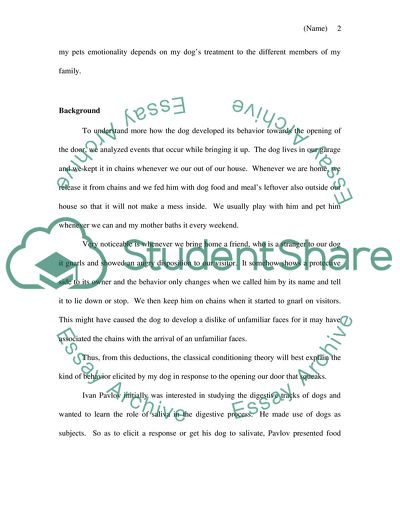Cite this document
(Classical Conditioning Theory of Learning Research Paper, n.d.)
Classical Conditioning Theory of Learning Research Paper. Retrieved from https://studentshare.org/education/1710016-research-paper-based-on-classical-conditioning-topic-is-below
Classical Conditioning Theory of Learning Research Paper. Retrieved from https://studentshare.org/education/1710016-research-paper-based-on-classical-conditioning-topic-is-below
(Classical Conditioning Theory of Learning Research Paper)
Classical Conditioning Theory of Learning Research Paper. https://studentshare.org/education/1710016-research-paper-based-on-classical-conditioning-topic-is-below.
Classical Conditioning Theory of Learning Research Paper. https://studentshare.org/education/1710016-research-paper-based-on-classical-conditioning-topic-is-below.
“Classical Conditioning Theory of Learning Research Paper”, n.d. https://studentshare.org/education/1710016-research-paper-based-on-classical-conditioning-topic-is-below.


